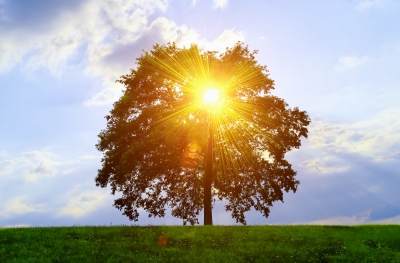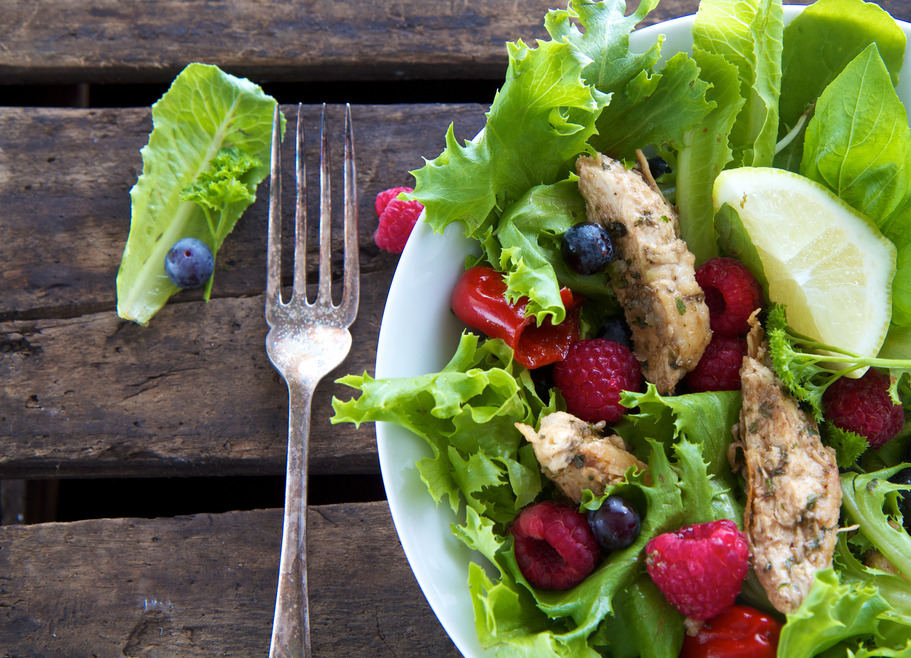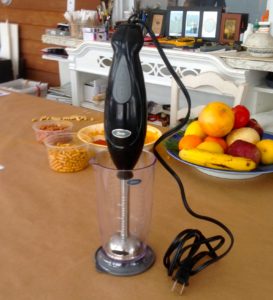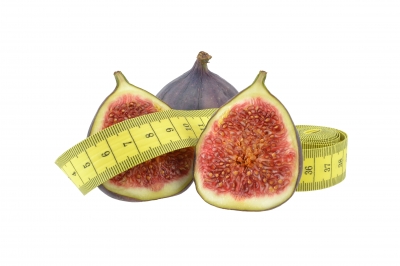
We live in a culture dominated by our heads. That’s made our lives pretty stressful. It doesn’t need to be that way.
A number of writers and teachers are working with concepts of energy coherence. While the science is early and evolving, the concept and practice is profound and it resonates with students. I have learned about coming into syncronicity on an energetic level as a means of tapping into my own internal wisdom, and to connect deeply with plants and nature. It’s fun and it works.
Head thinking and heart thinking are different. The head is a master at figuring out the best way to get from point A to point B, of calculating linear questions But please don’t give the head a question that doesn’t have limits, like “what should I do with my life?” The head is all about safety and risk aversion. Rather, use your heart for those questions of whom to marry, how to follow your bliss, or to connect more deeply with people and things around you. Learning how to use and balance these 2 amazing organs in our bodies and lives is one of the primary practices of leading a skillful integrated life.
The folks at the Heart Math Institute have been working on the science of honoring our hearts as a primary organ of perception for decades. Our human bodies contain a powerful oscillator – an organ that creates electronic frequency or a wave. You guessed it, it’s our heart. When waves come into coherence, waves amplify each other. Guess which emotions tend to bring our hearts and therefore our human bodies into coherence with nature? You guessed it again – gratitude and appreciation. When we create coherence with nature, we can hear it, feel it, and experience it more deeply. To me it feels like experiencing nature from the inside. It feels like I am connecting with a tree the way I connect to my grandmother – like a friend from way back. It feels wonderful and as it turns out, is big medicine for my body.
And THAT’s how you connect with plants and nature. By learning how to communicate with you heart. THAT’s what I learned from my wise and gracious teacher Pam Montgomery, and that’s what we’ll be teaching you over the 4th of July weekend at Kripalu!
Time to sign up, lovelies. Enrich your life, feel your integral place in the amazing and gorgeous web of life. Good food, good people, good work. See you there.
Here’s another practice for Deepening your connection to Gaia (mama earth).
Enjoy the season!
Research describing just how the ancient Indian practice of yoga eases behavior change continues to grow. That’s great news for the millions of people with type 2 diabetes and other chronic diseases who want to practice lifestyle medicine: to be physically active, to rest in constructive ways, to eat a healthier diet and to be socially connected. In practice, however, many people struggle to maintain (or shall I say juggle) healthful lifestyles in today’s toxic and obesogenic food environment where opportunities for movement seem limited.
It turns out that yoga really does change you from the inside out. Clinical evidence is mounting.
Yoga, a system of practice originating in ancient India, provides the modern practitioner accessible tools to ease behavior change for those who desire to follow healthy lifestyles yet struggle to sustain change within today’s toxic and obesogenic food environment. New understanding of the neuroscience of lifestyle and the emotional nervous system, and advances in genomics provide insight into likely mechanisms underlying observed benefits of yoga for nutrition-related chronic disease (including type-2 diabetes).
I’ve been thinking about just how and why this works for decades. In 2007, when my first book, Every Bite Is Divine came out, I had been teaching yoga for nearly ten years, and had experienced the tremendous internal shift that so many practitioners describe. I just felt very different – better. At that time, I was a Registered Dietitian with over a decade of experience working with individuals whose very lives depended upon making lifestyle change yet who just couldn’t do it. At the same time, I myself struggled with weight and eating.
Back then there really weren’t a lot of studies exploring what I was describing. We were all aware of Herb Benson’s work at Harvard, and Jon Kabit Zin’s work at U MA, and there were some interesting studies out of India. Now, nearly ten years later, yoga for weight is seemingly everywhere, and there are even calls for an integrated research initiative on yoga for diabetes. It turns out that while I was teaching yoga and talking about how great it was (and my clinical friends nodded lovingly as they backed away as you might with a potentially crazy sister), neurobiologists and geneticists were hard at work figuring out just what I was experiencing. That yoga changes you.
Over the next months, in preparation for my second book (written with my colleague Dr. Lisa Nelson), Yoga and Diabetes: Your Guide to a Safe and Effective Practice, published by the American Diabetes Association this summer, I’ll be describing the data on just how yoga does what it does. I’ll be talking about how to find a qualified yoga teacher who can help you, and how to go about developing a practice that works. Join me for this hot discussion!
In the meantime, here’s some help with beginning a yoga practice.
And here’s a guide for getting started with healthy eating.

OK folks, it’s that time again. The Scientific Report for the Dietary Guidelines for Americans (DGA) is out, and it’s time for all nutritionists and foodie/activitists to dive in and weigh in. You have until early April to submit your comments.
Better process
While there is always the plus – minus of what each of us thinks the panel got right and wrong, I want to give a plug for the improvements in the process that have happened over the past decade. It’s much easier now to look behind the curtain of the recommendations and read and review the data upon which they are based. I like it! Every five years, this exercise helps me do an overview review of what the mainstream science says about food and nutrition. I encourage you, if you are interested, to check it out – at the very least, you will learn more about what the mainstream research actually says.
Evaluating evidence
One of the issues in diet debates today is that many of those with an opinion don’t actually know how to evaluate evidence or don’t take the time to. There is a whole lot of junk science, tiny studies and early data out there being used as consensus and the basis for diets. That’s part of the outrage over the DGA every time they come out – a misunderstanding of what the data actually says (and what the data actually is). The committee really does need to rely on the current state of high quality literature as the basis of their recommendations, and there have been some disasters in the past when they made recommendations that seemed to be true that were later proved false or incomplete. The betacarotene story is an example (the Institute of Medicine of the NIH set the recs high, then that level was found to increase cancer risk in smokers – oops).
The problem is that well-designed studies in major scientific centers are often funded by the food industries that benefit. And we all see that the whole truth of nutrition (and life) is that the fewer packages you buy, the better off you’ll be. So, the only science taking a good look at whole nutrition available to integrative dietitian nutritionists and other foodies is often in smaller studies sometimes not as well designed. Eventually, the whole truth will come out. Unfortunately, it will come out much more slowly than if we had a free unbiased system of scientific inquiry around food and nutrition. The full true story of human nutrition is not yet told by the Dietary Guidelines for Americans. In an imperfect world, it’s a start.
Weaving science & wisdom
Here’s how the DGA process influences my own food and eating philosophy.
I begin by knowing what the DGAs say and understanding the research basis for them. From there, I draw from scientific integrative models like functional nutrition, traditional wisdom systems like Western herbalism and Ayurveda, a healthy respect for human intuition (mine and my client’s) and an understanding that how and what we each eat has implications not only for our own bodies but for everything around us and the earth itself.
In the end, plants are the healers, eating clean whole high quality food made with love that honors who we are and the lives we lead will take most of us through our nutritional lives in balance. If you’re not in nutritional balance, a skilled integrative dietitian nutritionist can help you get there.
So much to talk about with the DGAs. Have you reviewed the data and recommendations? What do you think?
Detox seems to naturally set in this week. It feels great right now to eat greens, beans, nuts and seeds!
If you are shaking off the sugar bacchanal that set in around Halloween and crested in the Hana-Kwana-Christmas-to-New Year celebration (wasn’t that fun?!), here is one more warming, grounding soup to help you remember how it feels to be simply nourished by food again.
This soup features winter root vegetables: sweet yellow turnips and carrots, along with onions and white beans. It’s a terrific sweet-rooty canvas that you can finish with a variety of herb-spice flavor combinations. I chose black pepper, celery seed, saffron and turmeric for this one.
For this recipe I used a combination of slow techniques (soaking and cooking dry beans) and short-cuts (a commercial “better-than” chicken stock). I find joy in cooking from scratch on a Sunday as I think, write, hang out and virtually-visit friends and family by phone and yep, Facebook. While making stock is yet another wonderful use of time, I am also a firm believer in the “better-than” concept of doing the best you can and not worrying too much about achieving from-scratch perfection. So, the stock I used has a little cane sugar in it, an ingredient that never would have occurred to me to add to my own stock, but the soup is still a celebration of plant-rich goodness. I also used an immersion blender, an inexpensive new tool in my kitchen that makes blended vegetable soups a breeze. You can use a regular blender to get a smooth consistency, but this soup would still be tasty if mashed by hand or not blended at all.

My immersion blender was a great $30 investment.
Ingredients
10 oz dry white beans (I used organic navy beans)
2″x4″ piece dry konzu (seaweed)
water
1 qt vegetable or chicken stock (I used Pacific brand free-range chicken broth)
1 medium yellow onion, diced
2 Tbsp olive oil
1 medium yellow turnip, peeled and cubed
5 medium carrots, washed and sliced
1 tsp celery seed
1 tsp ground black pepper
1 tsp turmeric
a few dry saffron threads
Directions
The night before soup day, rinse beans, and place in a medium-sized pot with konzu, then cover with water. Leave beans to soak overnight. Strain off the soaking water.
In a large soup pot over medium heat, begin with olive oil and onions. Saute until the onions are soft. Add beans, carrots, turnip, and stock along with several cups of water to cover, and simmer over low heat until the root vegetables and the beans are soft, about 45 minutes.
For a blended soup, get that immersion blender buzzing. Alternatively, use a blender for a portion or the soup or leave it unblended. Add spices, reserving a few saffron threads, and simmer for another 20 minutes (or, if you’ve learned how to “bloom” your spices from someone like Jeremy at Kripalu, go to it!), top each bowl with saffron threads and serve warm.

It’s been a big year for the science of integrative modalities this year. So, yours truly has been sharing scientific studies with my yoga teacher colleagues at Kripalu – they say “Wow!” and “Awesome.”
What’s old is new again (am I getting old or is this a repeating theme in life)? My teacher says life is a spiral and I continue to see the evidence that she’s right. I have so much enjoyed learning the ancient science of Ayurveda, and how my brilliant colleagues are applying that beautiful nature-based system to modern health care.
Here are the top trends, the memes I see on the rise:
1. Epigenetic
The yogis and yoginis are feeling prescient when we see the smattering of studies on yoga, meditation, mindfulness and that, in small studies, these modalities appear to change gene expression. Quickly. Impressively. Check it out.
Meditation changes gene expression.
2. Ayurveda
We’re at the beginning of a upward curve in the popularity of Ayurveda, and we’ll be hearing more about it as this system is viewed through a modern lens. The bookshelf of Ayurveda is exploding and we’re finding our intellectual leaders busy busy busy. Friend and colleague Hilary Garivaltis is traveling the country setting up Aurveda schools for yoga centers, and attendance at Kripalu’s really wonderful School of Ayurveda has more than doubled in the past couple years. Come to Kripalu and learn about this ancient traditional system that was the original integrative medicine.
Kripalu School of Ayurveda
3. Integration
The body knows. The body remembers. Can’t say it any more simply than that. Our bodies are the record of our lives (including our ancestors). All of what we do, think and believe is woven into the soft tissue of our fascia. If we spend our lives thinking we are not good enough (and I think this has somewhere somehow been programmed into us…Tom Kenyon says our creator did it!) in the end we in fact are not. Bummer! Yet the same person can focus on appreciating who they get to be, and a whole other body, whole other “resting face” are created. There are times when I’ve been rolling in the angst, when I can feel a tightness in my face as a drift off to sleep. That’s an indicator! I can soften and open as I age, or get bitter, brittle and hard. It’s not up to anyone else but me.
To learn what your body knows, do any body-mind practice regularly. Show up for it every day, or very nearly every day. It is showing up for yourself. My recommendation is predictable – come to Kripalu. For almost any program – follow what pings for you.
4. Herbs and Botanicals
Our ancestors, and not too too many generations back, had a wide array of botanical wisdom at their fingertips. We’ve outsourced that to our local pharmacy. But if you look around, people in every corner of the country are foraging, taking herb walks with the local herbalists, and checking out the botanicals in their own back yard. Please don’t wait to get a degree, but use your senses and good sense and a editable plant guide to find your way to better health. (Do be aware of the plants in your region that can, as my teacher says, heal you dead).
Get herbal and learn about learning more at Mountain Rose Herbal. OR study with Pam Montgomery or my friend Brittany at Thyme Herbal in Northampton, MA.
5. Eating for a Better Planet
How does the Atkn diet square with the fact that many environmentalists say we are past the global tipping point? Isn’t the meat-based version of Paleo in that same sink-the-earth boat? From Eco-Atkins to grass-fed local to values vegan, the choices we make about what we eat impact more than ourselves. There is more opportunity than ever to be a food activist – beginning at your own table.
Sustainable table is one place to start.
What are your top trends in nutrition now? Fascinated to hear!






